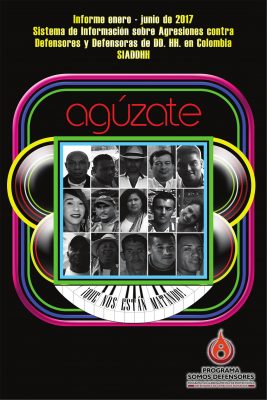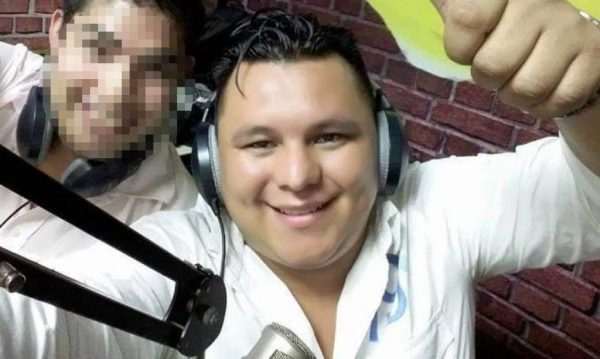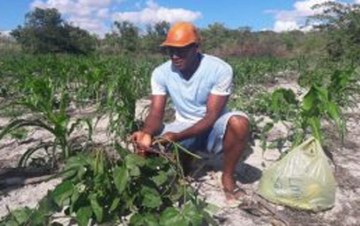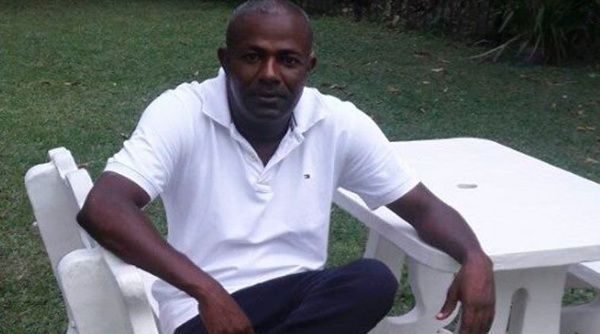Colombia – Press Release on Somos Defensores report January June 2017 51 HRDs killed since the start of 2017
“WAKE UP!”
“We are happy with the peace, but they are killing us”.

The movement of human rights defenders in Colombia is on high alert because of the significant increase in the murder of social leaders since peace was signed with the FARC. The authorities are not taking strong action to protect the lives of these activists or to carry out effective investigations to identify those responsible for the killings and as a result the killings continue unabated. This wave of deaths can not only destabilise the peace process but risks destabilising the whole country if it is not acted on right now. Figures for the period January – June 2017 below.
Watch and share our promotional video at: https://www.youtube.com/watch?v=uYjJCONod14
Download the report at: https://goo.gl/1hnfKK
Between January and June 2017, the Colombian Human Rights Defenders Reporting System (SIADDHH) recorded a total of 335 individual attacks against defenders who were targeted in 225 threats, 51 murders, 32 attacks, 18 arbitrary detentions and nine cases of prosecution. The increase in attacks against human rights defenders during the first half of 2017, compared to the same period in 2016, was up by 6%, going from 314 to 335.
Of these 335 attacks, 76% of the targets were male and 24% of the targets were female. The trend identified in our 2016 Annual Report, “Against the Ropes” regarding the increase in attacks against the life and physical integrity of defenders, is reflected in the current pattern of homicides and attacks. Since the signing of the peace accords in September 2016 until June 2017, 82 human rights defenders have been murdered and more than 50 have been victims of attempted killings.
Killings of HRDs in general have increased increased by 31% while killings of women human rights defenders increased compared to 2016 with a total of seven in this period. The defenders most affected by this crime are community, peasant and Afro-descendant leaders in rural areas. Of particular concern is the practice of disappearance of the victims prior to killings in several recorded cases, as well as the use of extremely brutal torture in cases such as that of José Yimer Cartagena in Córdoba who was stabbed 32 times and had his nails removed and his tongue torn out. An equally extreme case was that of Edenis Barrera in Casanare who was raped, impaled with branches and suffered multiple stab wounds in different parts of her body.
Among the alleged perpetrators of the 335 attacks reported by SIADDHH, we note that the paramilitaries are implicated with assumed responsibility in 197 cases (59%), unknown actors in 107 cases (32%), state agents in 30 cases (9%), And guerrillas in 1 case (0.1%)
In relation to the political context, the report states that despite innumerable announcements, commitments and statements by the national government and entities of the Colombian state related to the protection and prevention of aggression against human rights defenders in Colombia, the figures present a compelling picture of a very different reality. For example the Office of the Attorney General of the Nation is finally taking action but not at the pace needed to address the issue; there have been historic breakthroughs but these cannot keep pace with the volume of cases that are recorded on a daily basis.
While it is important to acknowledge that progress has been made in some cases, (cases which historically would have simply ended up in a file) it is still the case that violence against human rights defenders, while acknowledged by the state Is still far from being completely under control. It would be better if the Attorney General could use his position to produce concrete results to show who is behind this violence.
On the other hand the report points out how the issue of violence against defenders has been well and repeatedly flagged. At least 5 reports by state agencies, civil society organisations and academic institutions have identified the dangers faced by social leaders and human rights defenders. What is the government doing with these warnings? Why are the attacks not prevented? It is time for the government to PREVENT these killings and stop promising high-level special committees and committees for the protection of hard-working activists.
“Acúzate” (Wake Up) as this report is called, is a call not to lose hope that achieving peace ( a historic commitment of the human rights movement), in Colombia is possible but is also a call on all sides to ensure that human rights defenders don’t lose their lives in the process. This warning also refers to the forthcoming elections, since in previous years there has been evidence of higher levels of territorial violence in election periods. Hopefully, on this occasion, this trend will not be repeated.
“Agúzate” is also a strong message from Colombian civil society and the human rights movement to the entities of the Government and Colombian state to take without delay, substantive policies, aimed at generating the necessary guarantees for the exercise of social leadership and the defence of human rights. For example, to give impetus and strength to the National Security Guarantees Commission, created to design public policy related to the dismantling of paramilitarism and similar groups, or to the Attorney General’s Office to investigate in depth all cases, and not cherry pick only those that are seen as having the best chance of success.
“AGUZATE” They are killing us
The complete figures of the System of Information of violence against human rights defenders in Colombia SIADDHH for the period January-June 2017 and other periods can be consulted at www.somosdefensores.org
P.S. In September 2017 we will publish 3 special reports on the most important issues faced by defenders and how to confront them.
STOP WARS – Stop the War on Defenders (…) Coming soon.


